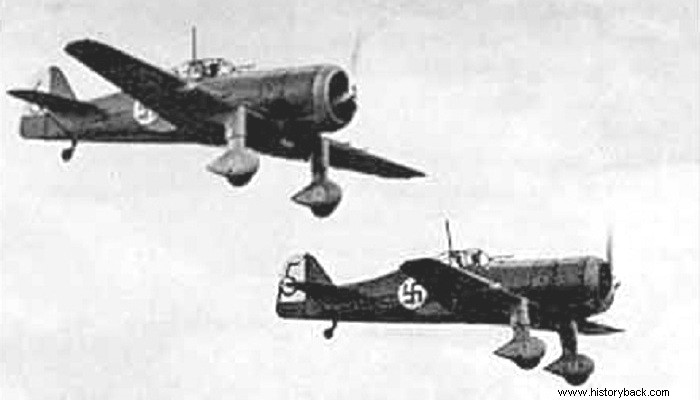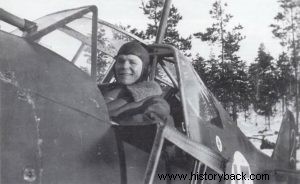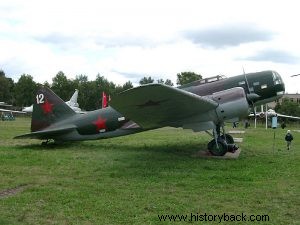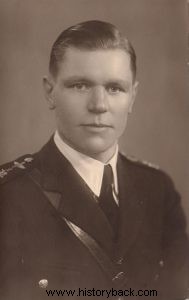
On January 6 the weather over Ooty, Finland favored Soviet bomber action. Clouds covered the sky from about 300 m. Little Finland had been fighting for more than a month now the Soviet giant who unnecessarily attacked her and for the time being she was holding on.
Jorma Sarvanto was born in 1912 in Turku, Finland. He trained as a reserve pilot and in 1937 enlisted in the air force. After brief service in the bombers he was assigned to the 24th Fighter Squadron flying Dutch Fokker D. XXI aircraft . It is worth noting that in the firing exercises Sarvanto had a success rate of 92%.
Sarvando scored his first successes on 23 December by downing two Soviet Tupolev SB bombers. But that January 6 was to change his life. “We learned that eight Soviet bombers were heading north. Lt. Gen. Sovelius shot down one of them. The Soviet aircraft carried out their mission and were returning from the same route," said Sarvanto who, due to a mechanical problem with his pilot, took off alone against the Soviets.
“Suddenly I saw the bombers flying in formation. I was alone. I was flying a few hundred meters lower than them. I was only 200-300 m away from them but I did not receive fire. I climbed higher behind them at a distance of 600m behind them. I was flying at an altitude of 2,000 m. I approached 500 m. The Soviet aircraft were flying staggered left at a short distance from each other.
“I approached by taking advantage of the dead spot created by the vertical stabilizer of the last aircraft. The Soviets were flying carefree. From 200m I opened fire and hit the Soviet. I immediately turned on another. A short burst and his machine gun stopped firing. Then I hit the aircraft's machine gun which I had already hit from 100 m. I fired two short bursts and his engine caught fire.
Sarvato continued this by first knocking out the machine guns on the bombers' rear turrets and hitting them on the engines afterwards . “Suddenly I saw a bomber on fire and headed for the ground. I only put in small bursts. I never bet if I wasn't sure I'd hit the target. It wasn't hard to hit them flying at 50m. and less of them.
"The sixth bomber put up the most resistance. I disabled the dorsal machine gun of the seventh aircraft and then attacked the sixth. I hit it by firing the fuselage machine guns as the wing ones were out of ammo. "When the enemy caught fire and started to fall, I turned to the seventh but now I had no ammunition," Sarvanto said. The time was 12.10. It had taken the Finnish ace less than 5 minutes to shoot down the six enemy bombers. The wounded seventh was shortly shot down by his colleague.
Sarvando when he got off his aircraft, the Fokker D.XXI FR-97 he counted 23 enemy bullet holes in his little chaser. The Soviet bombers he shot down were all DB-3s. They did not have self-sealing fuel tanks and their machine guns were not protected by armor. Of the 19 Soviet aviators on board, only two survived.
It is worth noting that the Fokker D.XXI flew on skis (the Fokker had a fixed landing gear) which adversely affected its already low top speed. Dutch Fokkers were equipped with four machine guns, two synchronized with the propeller on the sides of the fuselage and two on the wings.
Sarvanto emerged as an ace with 13 kills, all bombers, during the Winter War . He shot down four more Soviet aircraft, two bombers and two fighters during World War II flying a Brewster F2A Buffalo. He survived and remained in the Air Force until 1960. He died in 1963. He was married with four children.


Soviet DB-3 bomber.

Jorma Sarvanto.
